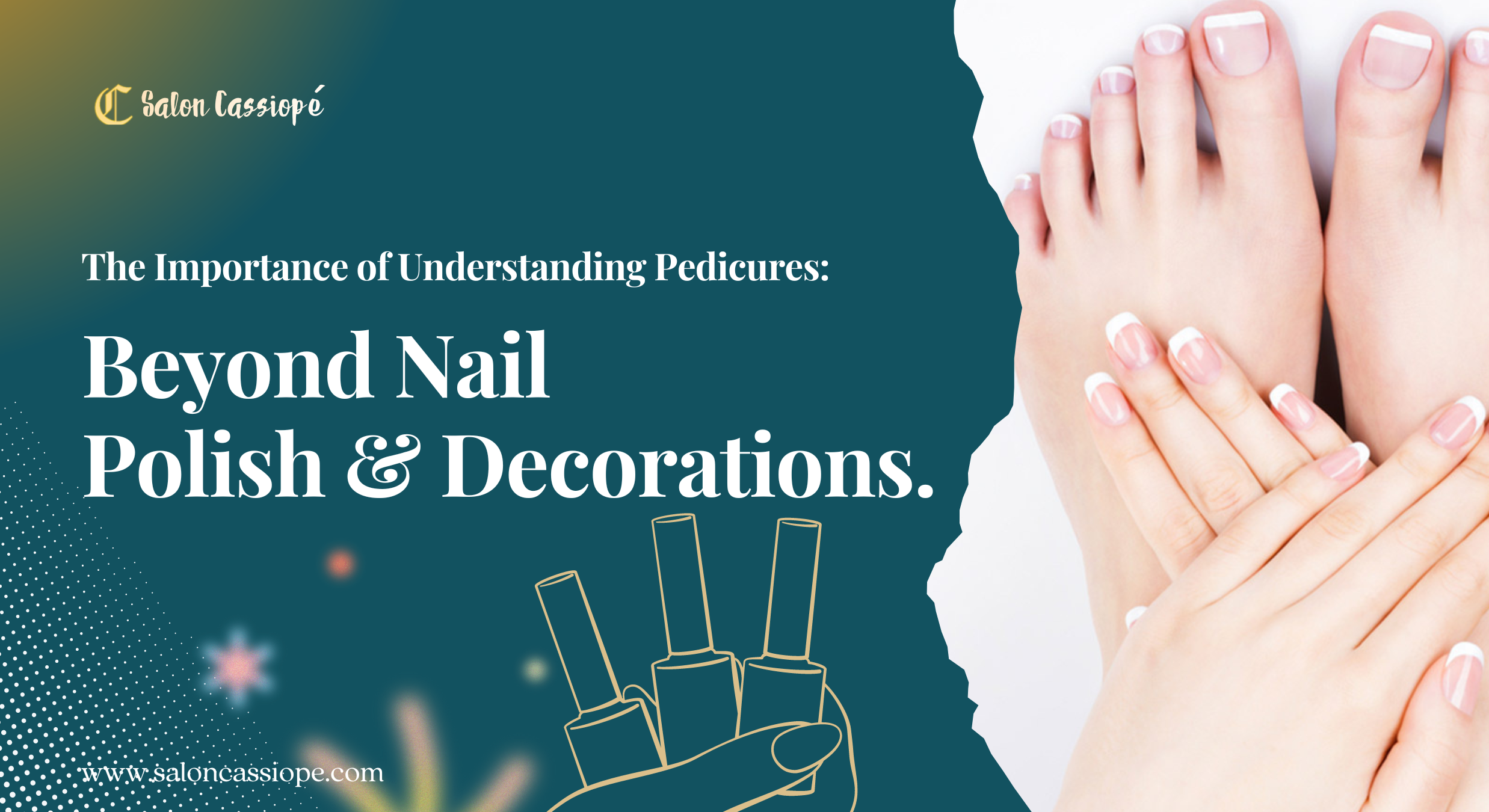Our feet play an important role in supporting our body weight and carrying us through the day. If you have foot problems or your feet hurt, you won’t be doing your best. Poor foot health can lead to loss of interest in work performance and even lead to lost of work productivity and time. also you’re less likely to engage in physical activity. Unfortunately, they are often overlooked in terms of care and attention. Although we prioritize the care of our hands due to their proximity, neglecting foot care can lead to various foot problems. The result is a higher risk of diseases, such as heart disease and diabetes.
You’ll want to make sure you’re doing everything you can to keep your feet healthy. Preventive foot care keeps you confident and also helps reduce the need for foot surgery.
Foot Care as We Age
As we age, our joints require more support and attention. Neglecting foot care can lead to discomfort and various foot-related problems, including joint issues.
Regular foot care routines, including moisturizing, massaging, exfoliating, and proper nail trimming, are essential for maintaining healthy feet and preventing issues like dry skin, calluses, and ingrown nails.
The Importance of Understanding Pedicures:
Pedicures are often misunderstood as simply cutting nails, washing feet and applying nail polish and decorations. However, it’s crucial to recognize that pedicures involve more than just beautifying the feet.
In fact, your feet should be checked regularly before problems arise. Made up of over 50 bones, 200 muscles, 60 joints, tendons and ligaments, the foot is a true marvel of engineering.
The Dangers of Prolonged Nail Polish Wear:
One common misconception is that leaving nail polish on for as long as possible is harmless.
Prolonged nail polish wear can have adverse effects on the health of your nails.
Yellowing and Discoloration
Certain pigments and chemicals in nail polish can stain the nails over time, causing them to become yellow or discolored.
Weak and Brittle Nails
Nail polish can dehydrate the nails, making them more prone to dryness and brittleness. The chemicals in the polish. such as formaldehyde and toluene, can strip the claws of their natural oils, leading to more fragile nails that are susceptible to breakage.
Formaldehyde
Formaldehyde is a known carcinogen and can also cause irritation and allergic reactions.
It is often used as a preservative in nail polish to prevent bacterial growth. Prolonged exposure to formaldehyde can weaken the nails and make them more susceptible to damage.
Nail Thinning
Acetone, a potent solvent intended to dissolve nail lacquer quickly, prolonged use of acetone-based nail polish removers can make the nails weak and brittle. This may make nails more vulnerable to breaking and damage.
Toluene
To guarantee a consistent and smooth application in nail polish
However, it is a volatile organic compound (VOC) that can cause respiratory and neurological issues if inhaled or absorbed via the nails. Additionally, prolonged exposure might result in dry and brittle nails.
Dibutyl Phthalate (DBP)
DBP is used as a plasticizer in nail polish to make it more flexible and resistant to chipping.
However, it is classified as an endocrine disruptor and has been linked to reproductive and developmental issues. Many countries have banned the use of DBP in cosmetics due to its potential health risks.
Fungal and Bacterial Infections
Prolonged nail polish wear can create an environment that is favorable for the growth of fungi and bacteria. When the nails are continuously covered with nail polish, they can trap moisture and restrict proper ventilation, promoting the development of fungal or bacterial infections.
Conditions such as nail psoriasis, fungal infections, or even nail trauma may go unnoticed if the nails are continuously covered. Regular examination of the nails can help detect and address any potential problems early on.
To minimize the risks associated with prolonged nail polish wear, it is advisable to allow your nails to breathe and have periods of polish-free time. This allows the pins to rehydrate and recover from any potential damage caused by nail polish chemicals.
To reduce the potential toxicity of nail polish, look for brands that offer “3-free,” “5-free,” or “10-free” formulations.
Conclusion
Foot care without age and gender restrictions also additional
Pedicures go beyond simple nail polish and decorations.
By incorporating foot care into our regular self-care routines, we can mitigate the potential side effects of aging and ensure the overall well-being of our feet.
By considering the long-term effects and taking appropriate measures, we can ensure that our feet receive the care they deserve.
Leaving nail polish on for more than ten days to 2 weeks can increase the risks of prolonged exposure. Similarly, artificial nails should be removed after a reasonable duration to allow the natural nails to recover and strengthen





